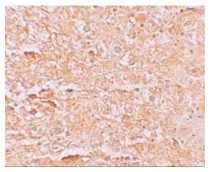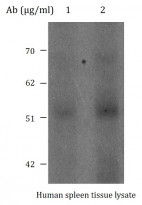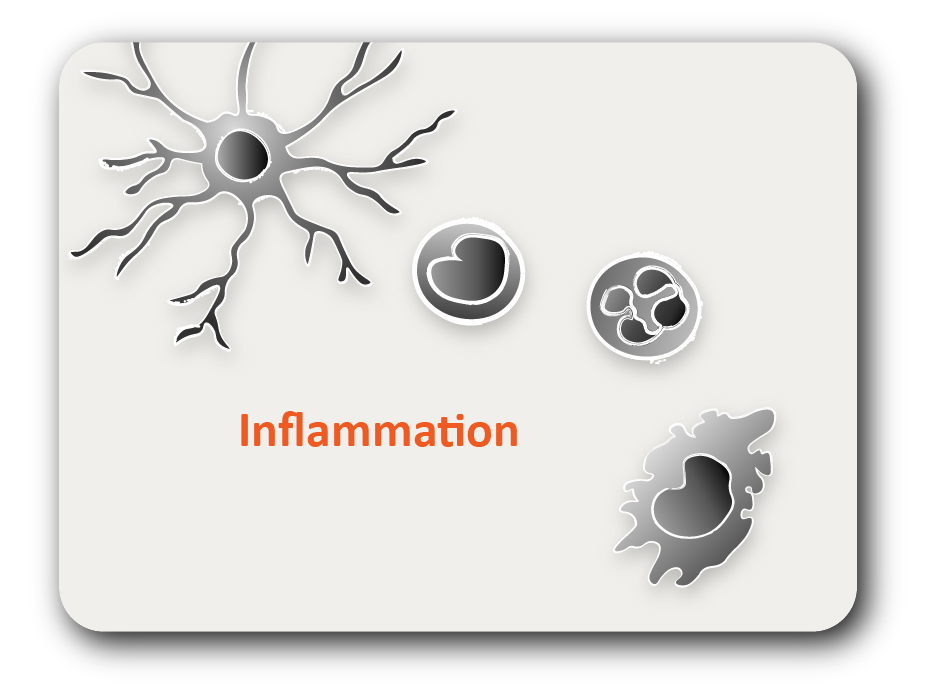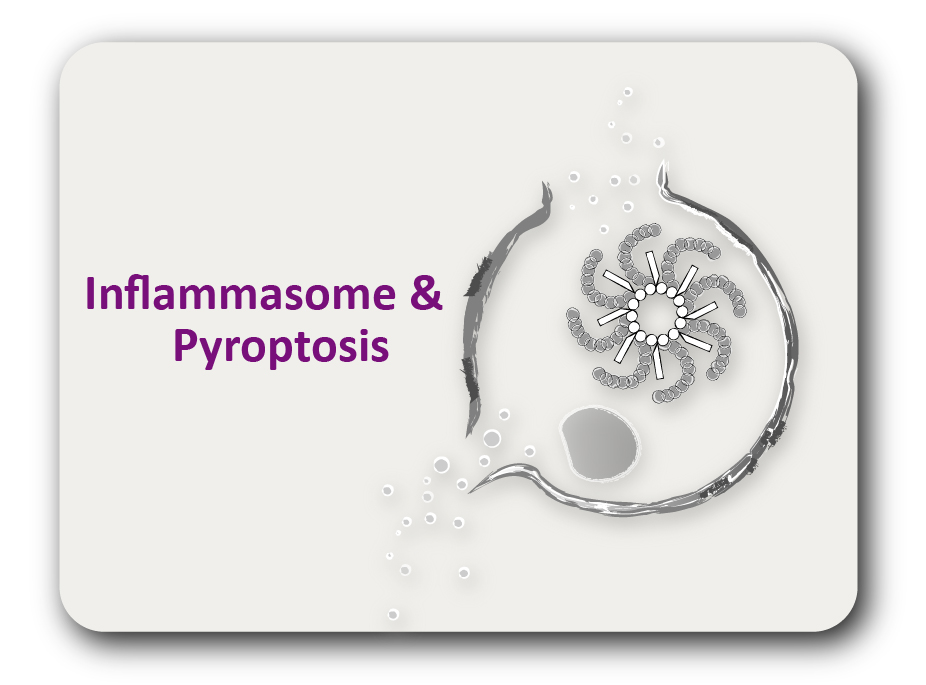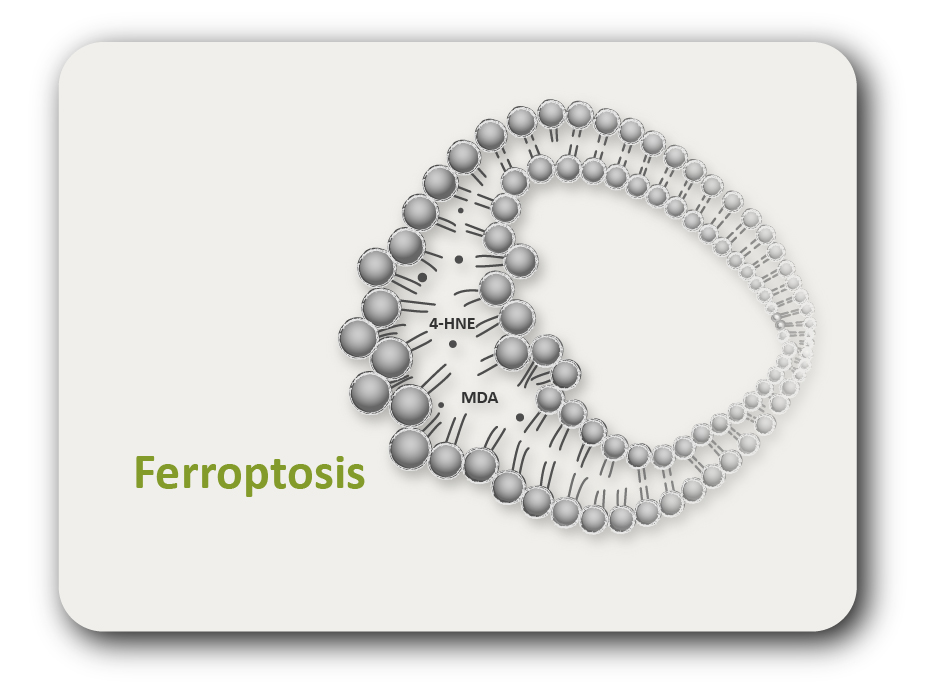ARG43592
anti-SLC39A14 / ZIP14 antibody
anti-SLC39A14 / ZIP14 antibody for IHC-Formalin-fixed paraffin-embedded sections,Western blot and Human,Mouse
Overview
| Product Description | Rabbit Polyclonal antibody recognizes SLC39A14 / ZIP14 |
|---|---|
| Tested Reactivity | Hu, Ms |
| Predict Reactivity | Rat |
| Tested Application | IHC-P, WB |
| Specificity | This SLC39A14 antibody is predicted to not cross-react with other SLC29 proteins. |
| Host | Rabbit |
| Clonality | Polyclonal |
| Isotype | IgG |
| Target Name | SLC39A14 / ZIP14 |
| Antigen Species | Human |
| Immunogen | A 16 amino acid peptide within aa. 230 - 280 at center region of Human SLC39A14 / ZIP14. |
| Conjugation | Un-conjugated |
| Protein Full Name | Metal cation symporter ZIP14 |
| Alternate Names | HCIN; NET34; ZIP14; cig19; HMNDYT2; LZT-Hs4; Metal cation symporter ZIP14; LIV-1 subfamily of ZIP zinc transporter 4; Solute carrier family 39 member 14; Zrt- and Irt-like protein 14 |
Application Instructions
| Application Suggestion |
|
||||||
|---|---|---|---|---|---|---|---|
| Application Note | * The dilutions indicate recommended starting dilutions and the optimal dilutions or concentrations should be determined by the scientist. | ||||||
| Observed Size | 54 kDa |
Properties
| Form | Liquid |
|---|---|
| Purification | Affinity purification with immunogen. |
| Buffer | PBS and 0.02% Sodium azide. |
| Preservative | 0.02% Sodium azide |
| Concentration | 1 mg/ml |
| Storage Instruction | For continuous use, store undiluted antibody at 2-8°C for up to a week. For long-term storage, aliquot and store at -20°C or below. Storage in frost free freezers is not recommended. Avoid repeated freeze/thaw cycles. Suggest spin the vial prior to opening. The antibody solution should be gently mixed before use. |
| Note | For laboratory research only, not for drug, diagnostic or other use. |
Bioinformation
| Database Links | |
|---|---|
| Gene Symbol | SLC39A14 |
| Gene Full Name | solute carrier family 39 member 14 |
| Background | SLC39A14 gene encodes a member of the the SLC39A family of divalent metal transporters that mediates the cellular uptake of manganese, zinc, iron, and cadmium. The encoded protein contains eight transmembrane domains, a histidine-rich motif, and a metalloprotease motif, and is expressed on the plasma membrane and the endocytic vesicle membrane. It is an important transporter of nontransferrin-bound iron and a critical regulator of manganese homeostasis. Naturally occurring mutations in this gene are associated with neurodegeneration with brain iron accumulation and early-onset parkinsonism-dystonia with hypermanganesemia. [provided by RefSeq, May 2017] |
| Function | Electroneutral transporter of the plasma membrane mediating the cellular uptake of the divalent metal cations zinc, manganese and iron that are important for tissue homeostasis, metabolism, development and immunity (PubMed:15642354, PubMed:27231142, PubMed:29621230). Functions as an energy-dependent symporter, transporting through the membranes an electroneutral complex composed of a divalent metal cation and two bicarbonate anions (By similarity). Beside these endogenous cellular substrates, can also import cadmium a non-essential metal which is cytotoxic and carcinogenic (By similarity). Controls the cellular uptake by the intestinal epithelium of systemic zinc, which is in turn required to maintain tight junctions and the intestinal permeability (By similarity). Modifies the activity of zinc-dependent phosphodiesterases, thereby indirectly regulating G protein-coupled receptor signaling pathways important for gluconeogenesis and chondrocyte differentiation (By similarity). Regulates insulin receptor signaling, glucose uptake, glycogen synthesis and gluconeogenesis in hepatocytes through the zinc-dependent intracellular catabolism of insulin (PubMed:27703010). Through zinc cellular uptake also plays a role in the adaptation of cells to endoplasmic reticulum stress (By similarity). Major manganese transporter of the basolateral membrane of intestinal epithelial cells, it plays a central role in manganese systemic homeostasis through intestinal manganese uptake (PubMed:31028174). Also involved in manganese extracellular uptake by cells of the blood-brain barrier (PubMed:31699897). May also play a role in manganese and zinc homeostasis participating in their elimination from the blood through the hepatobiliary excretion (By similarity). Also functions in the extracellular uptake of free iron. May also function intracellularly and mediate the transport from endosomes to cytosol of iron endocytosed by transferrin (PubMed:20682781). Plays a role in innate immunity by regulating the expression of cytokines by activated macrophages (PubMed:23052185). |
| Cellular Localization | Cell membrane, Endosome, Lysosome, Membrane |
| Calculated MW | 54.2 kDa |
| PTM | Glycoprotein, Ubl conjugation Ubiquitinated. Ubiquitination occurs upon iron depletion. The ubiquitinated form undergoes proteasomal degradation. N-glycosylated. N-glycosylation at Asn-102 is required for iron-regulated extraction of the transporter from membranes and subsequent proteasomal degradation. |
Images (2) Click the Picture to Zoom In
-
ARG43592 anti-SLC39A14 / ZIP14 antibody IHC-P image
Immunohistochemistry: Paraffin-embedded mouse liver tissue. The tissue section was stained with ARG43592 anti-SLC39A14 / ZIP14 antibody at 2.5 µg/ml dilution.
-
ARG43592 anti-SLC39A14 / ZIP14 antibody WB image
Western blot: Human spleen lysate stained with ARG43592 anti-SLC39A14 / ZIP14 antibody at 1 or 2 µg/ml dilution in 5% NFDM/TBST.
